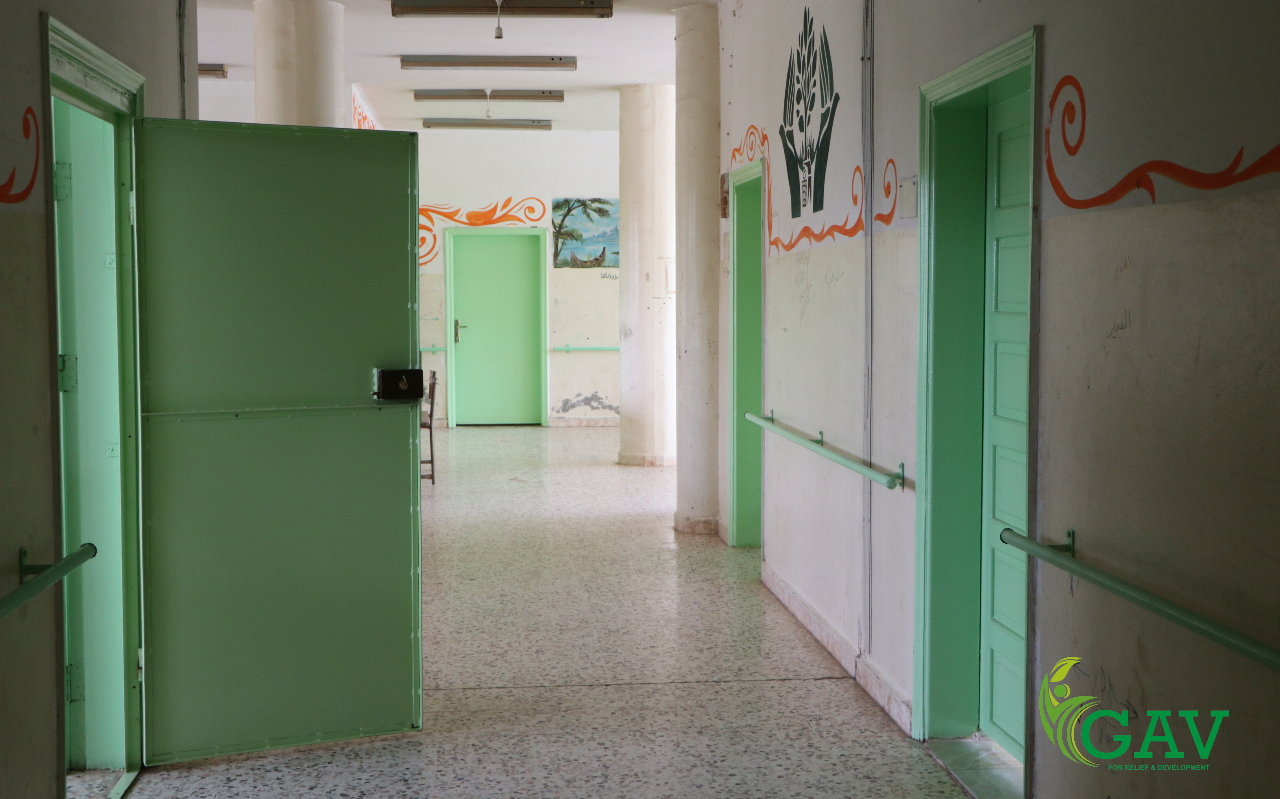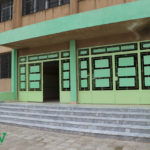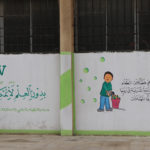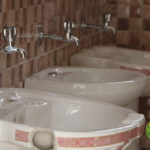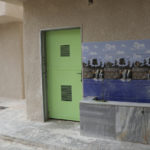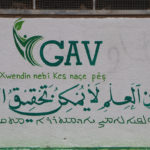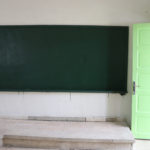Restoration and rehabilitation of the facilities of five schools in Qamishli
More than 1,700 male and female students from five schools in the city of Qamishli are preparing to return to schools again with the completion of the rehabilitation and restoration work within the Me and My School 3 project.
The GAV4RD organization launched the project in late August 2021, to restore and rehabilitate 14 schools run by the Education Board of the Autonomous Administration of North and East Syria (AANES) in the areas of Hasakah, Qamishli, Tel Tamr and Shaddadi.
The restoration and rehabilitation phase in Qamishli included five schools: Ibn Sina, Hussein Haji, Qanat Suways, Muhammad Ali Zaynal and Umm Fursan.
The Ibn Sina School, which was named after the scientist Avicenna, was established in al-Tayy neighborhood, eastern Qamishli, in 1965, and the number of its students reaches 582.
The Hussein Haji School was established in the northern area of Qamishli in 1986, and it has about 145 students.
The Qanat Suways School was established in Qanat Suways neighborhood in 1986 and contains about 359 students.
While Muhammad Ali Zaynal School, which was established in 1980 and is considered one of the largest schools in Qamishli, and it lies 1.5 km away from the city center, contains about 256 students.
As for Umm Fursan School, which lies in the village of Umm Fursan, 10 km away from the city, the number of its students reaches about 417.
The works of the Me and My School 3 project in the five schools included the restoration of sanitary blocks, water faucets and floors, in addition to the restoration of doors, windows and whiteboards, not to mention the lighting and painting.
Despite the completion of the restoration, the five schools still need more support and necessary capabilities to prepare the playgrounds and restore their external walls, not to mention a comprehensive restoration and rehabilitation process for the school buildings.
The GAV4RD launched the project Me and My School 3 in view of the importance of the education sector as the most important pillars for the advancement of any society, and in view of the seriousness of the consequences that may result from the suspension of this process or being affected by the conflict.
The project comes as one of the steps aimed at mitigating the effects of the conflict in Syria, which has caused great destruction in various sectors, the foremost of which is the education sector, where UNICEF has documented the number of children deprived of education in the country since 2011 by about two million.
Like other regions, the education sector in northeastern Syria has been severely damaged since extremist organizations such as ISIS took control of large areas, in addition to the confrontations that the region is witnessing from time to time due to attacks by government forces, not to mention the catastrophic results of the Turkish aggression on Ras al-Ain and Tel Abyad.
Despite the decline in the intensity of the conflict in the region, the education sector did not recover in a manner commensurate with the needs, due to the damages that affected the facilities as a result of the conflict and the suspension of periodic restoration and maintenance operations, not to mention the transformation of some of them into temporary shelters for the displaced as a result of the war, which in turn was reflected in the reality of these facilities and their ability to accommodate students and provide the appropriate atmosphere for the revival of the educational process in healthy and appropriate conditions.
- ترميم مدارس القامشلي – GAV
- بدون العلم لا يمكن تحقيق التقدم – GAV
- ترميم وتأهيل مناهل ودورات المياه في مدارس القامشلي – GAV
- تأهيل المرافق العامة في مدارس القامشلي – GAV
- بدون العلم لا يمكن تحقيق التقدم – GAV
- ترميم وتأهيل الأبواب وسبورات الصفوف المدرسية – GAV

